Genus Celtis Rank Species | ||
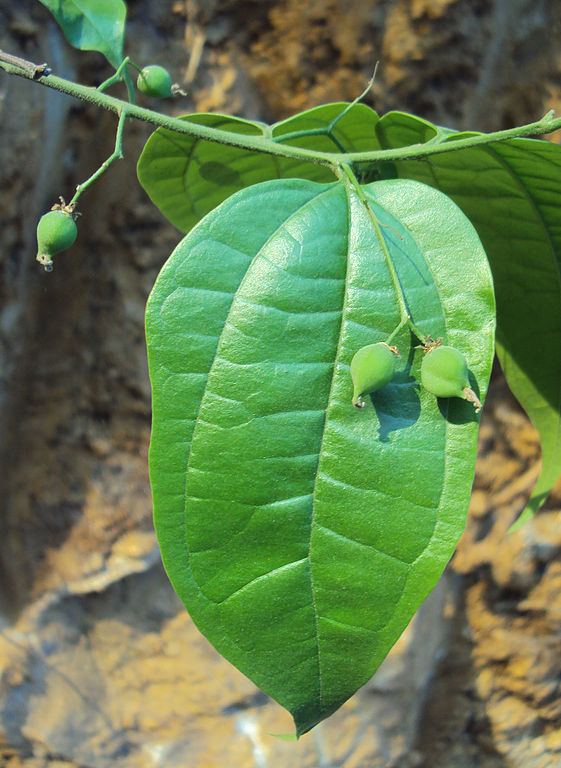 | ||
Similar Celtis tetrandra, Celtis biondii, Celtis koraiensis, Celtis paniculata, Celtis lindheimeri | ||
Tertiary ingredients of celtis timorensis formulations pankaj oudhia s medicinal plant database
Celtis timorensis, commonly known as stinkwood or stinking wood is a species of flowering plant in the Cannabaceae family. The specific epithet comes from the name of the island of Timor, the locality of the type collection. In Sri Lanka, it is known as "ගුරෙන්ද - gurenda", where whole plant is an important medicine.
Contents
- Tertiary ingredients of celtis timorensis formulations pankaj oudhia s medicinal plant database
- Description
- Distribution and habitat
- References
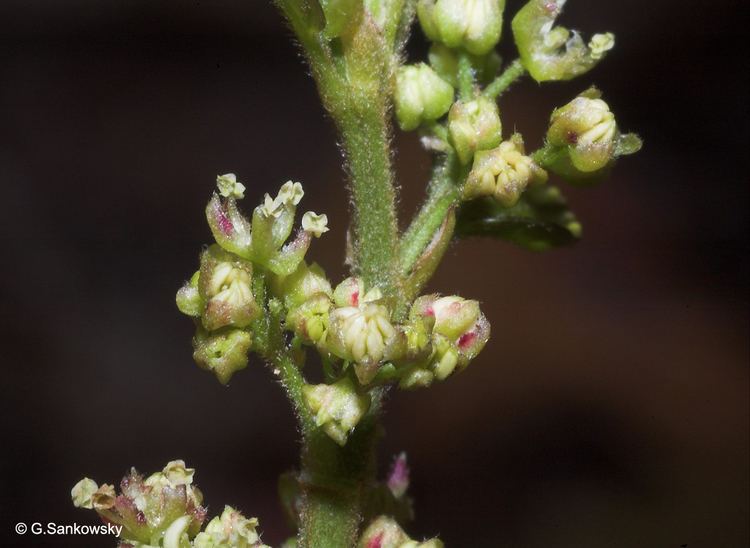
In Thailand, it is known as kæ̂ng k̄hī̂ phrar̀wng or mị̂ chĕd tūd phrar̀wng (Thai: แก้งขี้พระร่วง, ไม้เช็ดตูดพระร่วง; literally: wipe the bottom timber). Due to smell like feces, legend has it that Phra Ruang (the legendary King of Sukhothai dynasty) to wipe feces.

Description
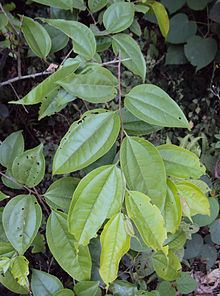
Celtis timorensis is a large forest tree growing to 25 m in height. The wood has a strong foetid smell, because of the presence of skatole. The oblate to oblong, strongly 3-veined leaves are 50–130 mm in length. Although the tree resembles Cinnamomum iners in its 3-veined leaves, it can easily be distinguished by its serrated leaf margins. The seed, protected by the 7–11 mm long fruit’s hard and durable endocarp, is dispersed by water.
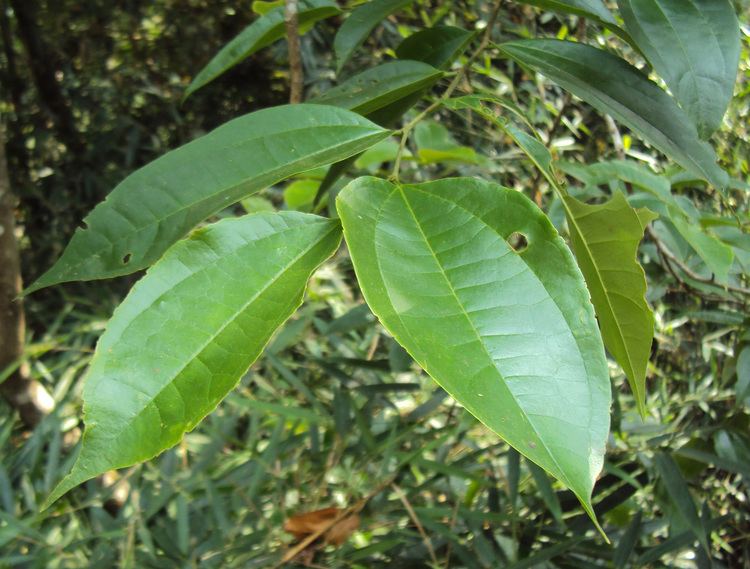
Flowers - Inflorescence - male greenish, short racemose cymes; female more slender axillary or terminal cymes.
Fruits - beaked, pear-shaped frupe.
Distribution and habitat
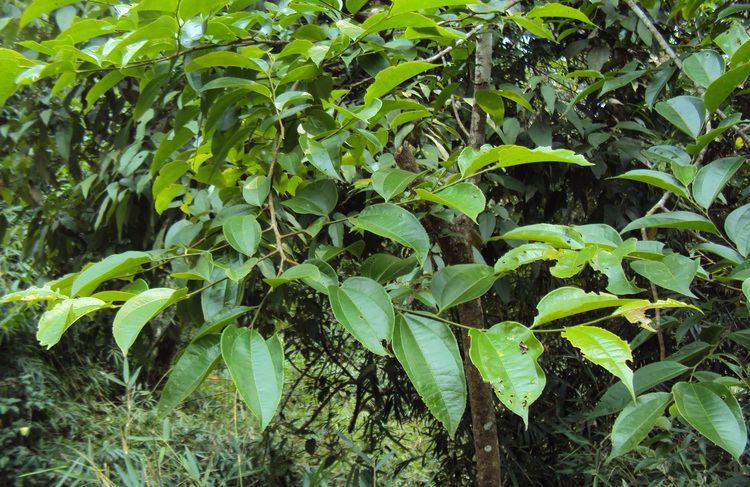
The tree is found across the southern and south-eastern Asian regions, from India and Sri Lanka, through Indo-China, southern China and Malesia to the Philippines. It occurs on Christmas Island, an Australian territory in the north-eastern Indian Ocean, where it forms about 1% of the primary rainforest canopy.
